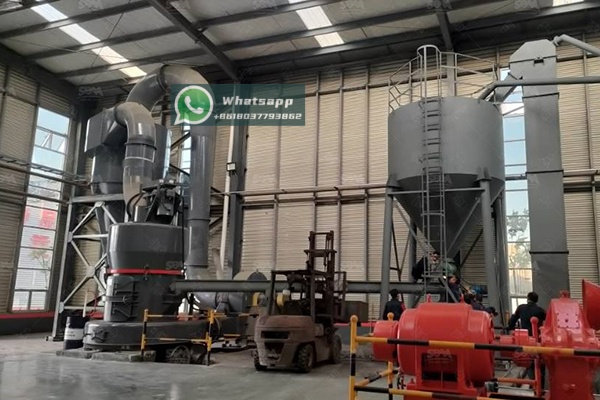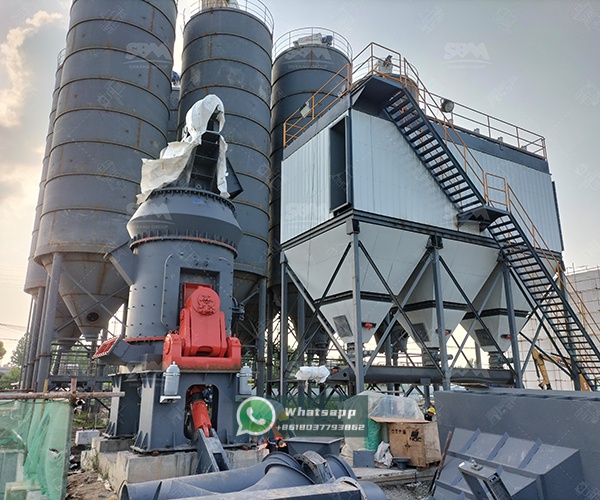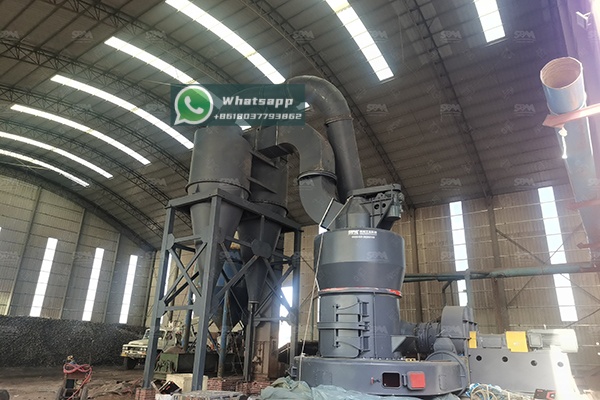The metallurgy industry faces continuous challenges in processing manganese ore efficiently and economically. As global demand for manganese continues to rise – driven primarily by the steel industry which consumes approximately 90% of all manganese production – the need for advanced grinding solutions becomes increasingly critical. European-designed mill technologies have emerged as frontrunners in addressing these challenges, offering superior efficiency, reduced energy consumption, and enhanced environmental performance.
Manganese ore presents unique processing challenges that require specialized grinding equipment. The mineral typically exhibits high hardness (Mohs hardness of 6-6.5), abrasiveness, and variable composition depending on the deposit. These characteristics demand robust milling solutions capable of handling tough materials while maintaining consistent particle size distribution and minimizing wear parts consumption.
Traditional grinding methods often struggle with manganese ore due to excessive energy consumption, high maintenance costs, and inconsistent product quality. The ideal solution must address these issues while providing flexibility to handle different manganese ore grades and processing requirements.

European engineering principles have significantly influenced modern mill design, emphasizing energy efficiency, operational reliability, and environmental sustainability. These technologies have been adapted and enhanced by leading manufacturers worldwide to meet the specific demands of manganese ore processing.
Vertical grinding mills represent a significant advancement in manganese ore processing technology. Unlike traditional ball mills, vertical mills integrate multiple functions – including crushing, grinding, classification, and drying – within a single compact unit. This integrated approach reduces the overall footprint of grinding circuits while improving energy efficiency by 30-50% compared to conventional technologies.
For manganese ore applications, vertical mills offer particular advantages in handling the material’s abrasive nature. The grinding mechanism involves bed compression rather than impact, resulting in lower wear rates and reduced consumption of grinding media. Additionally, the ability to introduce hot gas directly into the grinding chamber enables simultaneous drying of moist manganese ores, eliminating the need for separate drying equipment.
Beyond standard manganese concentrate production, ultrafine grinding opens opportunities for value-added products in specialty applications. Certain manganese compounds and high-purity manganese products require particle sizes down to the micron range, demanding specialized ultrafine grinding equipment.
Modern European-designed ultrafine mills incorporate advanced classification systems that enable precise control over particle size distribution. This capability is particularly valuable for manganese applications where specific particle morphology influences downstream processing efficiency and product performance.

As an excellent manufacturer of ore grinding equipment in China, Shanghai Zenith Machinery Co., Ltd. has successfully integrated European design principles with extensive local manufacturing expertise. The company’s specialization in research, development, and production of industrial powder grinding equipment positions it as a key provider of advanced solutions for manganese ore processing.
Zenith’s comprehensive product range includes multiple mill types suitable for manganese applications, from coarse grinding to ultrafine powder production. Each design incorporates European-inspired engineering features focused on operational efficiency, maintenance optimization, and environmental compliance.
For most manganese ore processing applications, the LM Vertical Grinding Mill represents an optimal balance of performance, efficiency, and operational cost. This mill integrates five functions – crushing, grinding, powder selection, drying, and material conveying – into a single machine, making it particularly suitable for manganese processing plants seeking to optimize their grinding circuits.
The LM Vertical Grinding Mill offers several advantages specifically beneficial for manganese ore:
Technical parameters for the LM Vertical Grinding Mill series:
| Model | Plate diameter (mm) | Capacity (t/h) | Output fineness (μm) | Max feed size (mm) | Main motor (kW) |
|---|---|---|---|---|---|
| LM130K | 1300 | 10-28 | 170-40 | <38 | 200 |
| LM190K | 1900 | 23-68 | 170-40 | <45 | 500 |
| LM280K | 2800 | 50-170 | 170-45 | <50 | 1250 |
For operations targeting high-value manganese products or requiring ultrafine grinding, the LUM Ultrafine Vertical Mill provides exceptional performance. This advanced mill integrates grinding, drying, classifying, and transportation functions while occupying minimal space. Its intelligent control system facilitates easier maintenance and optimized operation.
The LUM Ultrafine Vertical Mill is particularly suitable for:
Technical parameters for the LUM Ultrafine Vertical Mill:
| Model | Main machine power (kW) | Capacity (t/h) | Size distribution D97 (μm) |
|---|---|---|---|
| LUM1525 | 220-250 | 1.6-11.5 | 5-30 |
| LUM1632 | 280-315 | 2.0-13.5 | 5-30 |
| LUM1836 | 355-400 | 2.3-15 | 5-30 |
The implementation of advanced European-style mill solutions in manganese ore processing delivers substantial operational benefits across multiple dimensions:
Modern vertical grinding mills typically reduce energy consumption by 30-50% compared to traditional ball mill circuits. This significant efficiency improvement directly translates to lower operating costs, which is particularly important given that grinding represents one of the most energy-intensive stages in manganese processing.
The energy savings stem from multiple factors, including more efficient grinding mechanisms, reduced recirculation loads, and elimination of ancillary equipment through integrated functionality. For large-scale manganese operations, these savings can amount to millions of dollars annually in reduced power consumption.
Advanced classification systems integrated into modern mills enable precise control over particle size distribution, a critical factor in downstream manganese processing. Consistent particle size improves leaching efficiency in hydrometallurgical processes, enhances reduction behavior in pyrometallurgical applications, and ensures uniform quality in final products.
The ability to maintain tight particle size distributions also optimizes subsequent separation processes, whether magnetic separation, flotation, or gravity concentration, leading to improved manganese recovery rates and product grades.

European-designed mill technologies prioritize environmental performance through reduced energy consumption, lower noise emissions, and minimized dust generation. Integrated dust collection systems and advanced sealing technologies prevent material escape, contributing to cleaner operating environments and reduced material losses.
Additionally, the compact footprint of vertical mill systems reduces the overall environmental impact of plant construction and enables better integration into existing operations without major infrastructure modifications.
Successful implementation of advanced mill technology in manganese processing requires careful consideration of several factors:
Thorough ore characterization is essential for selecting the appropriate mill configuration and operating parameters. Key factors include ore hardness, abrasiveness, moisture content, and liberation characteristics. Pilot testing with representative samples provides valuable data for scale-up and optimization.
Modern mills must integrate seamlessly with existing crushing, classification, and downstream processing units. This integration requires careful planning of material handling systems, control interfaces, and operational protocols to ensure smooth plant operation.
While advanced mills typically require less maintenance than traditional equipment, specialized knowledge is necessary for optimal operation and troubleshooting. Comprehensive training programs for operational and maintenance staff ensure maximum equipment utilization and longevity.
The evolution of grinding technology for manganese ore continues, with several emerging trends shaping future developments:
European-inspired mill solutions, as exemplified by Shanghai Zenith Machinery’s advanced grinding equipment, offer transformative potential for manganese ore processing in the metallurgy industry. The combination of energy efficiency, operational reliability, and product quality control positions these technologies as essential components of modern manganese processing circuits.
As the industry continues to evolve toward more sustainable and efficient operations, the adoption of advanced grinding solutions will play a crucial role in maintaining competitiveness while addressing environmental challenges. The LM Vertical Grinding Mill and LUM Ultrafine Vertical Mill represent particularly compelling options for manganese processors seeking to optimize their operations across multiple performance dimensions.
Through continued innovation and adaptation of European engineering principles to the specific demands of manganese ore processing, equipment manufacturers like Shanghai Zenith Machinery are enabling the metallurgy industry to meet growing global demand while advancing toward more sustainable production methods.